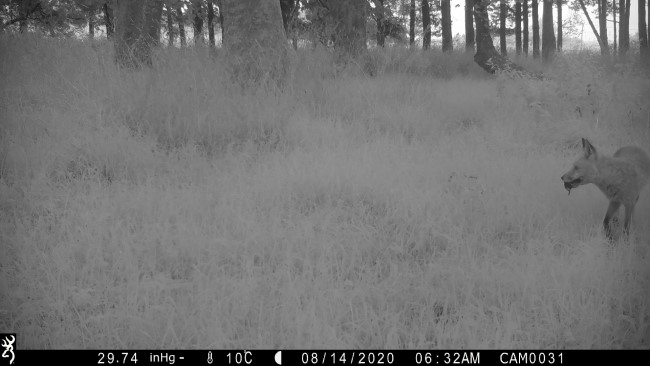International research team to look at how to best restore degraded environments
Published: 26 March 2024
Communities worldwide are realising that they need to restore degraded landscapes, but there is little practical evidence or guidelines on the best way to do this
Communities worldwide are realising that they need to restore degraded landscapes, but there is little practical evidence or guidelines on the best way to do this.
Restored landscapes tend to be areas of land which are then accessible to their communities, such as restored wetland nature reserves, woodlands and coal tips in the UK, or restored community forests in Tanzania or the Democratic Republic of Congo (DRC).

However, restored areas can never achieve their original unspoilt state and wildlife ecosystems: for example, we rarely see the return of apex predators, such as wolves, to community forests. This can lead to particular species becoming dominant, creating an imbalance and a heightened risk of the spread of diseases from wildlife to humans. Therefore, landscape restoration needs to be accomplished without increasing risks to the community, but currently little is currently understood about the processes involved.
Now RESTOREID, a new 16-partner European-funded research programme including researchers from the University of Glasgow, is set to work with communities from Scotland and Finland to the DRC and Tanzania. It will not only to investigate how restoration may impact disease spillover risk, but also to enable local communities to take part in restoration and set their own restoration priorities. The work will lead to clearer policies and guidelines for restoration which can be followed in any temperate or tropical landscape.
This large project will also include some innovative technology. Partners in the consortium will be developing new monitoring tools that communities can use to assess the biodiversity of their environments.
Two researchers from the University of Glasgow’s School of Biodiversity, One Health & Veterinary Medicine will partner in the project: Dr Christina Faust, a NERC Independent Research Fellow, and Luisa Fernanda Páez Triana, a PhD student. The Glasgow research team will focus on identifying mechanisms driving changes of disease dynamics in restored landscapes.
Dr Faust said: “Through established partnerships and long-term ecological data, we will be able to investigate key drivers of infections in wildlife in restored landscapes and provide guidance for future restoration policy.”
Dr Lucinda Kirkpatrick, Lecturer in Wildlife Ecology at Bangor University, said: “We need to be working to improve our landscapes and restore degraded areas, as these often provide important community resources, but we also need to understand what negative effects might happen as a result of restoration and be able to provide the tools and guidelines so that people can avoid any inadvertent negative effects, such as increased incidence of rats or Lyme’s Disease.”
Prof. Dr. Herwig Leirs, Professor, Department of Biology, Evolutionary Ecology Group, at the University of Antwerp, said: "In degraded ecosystems, certain species that carry infectious pathogens can proliferate, and this can have serious consequences for human wellbeing. While biodiversity restoration is hailed as a remedy for this, the introduction of new species via ecosystem restoration could unwittingly usher in fresh health risks. To ensure that restoration processes result in healthier landscapes, an understanding of these intricate processes is paramount. That is what we aim to do with RESTOREID.”
Enquiries: ali.howard@glasgow.ac.uk or elizabeth.mcmeekin@glasgow.ac.uk
First published: 26 March 2024
<< March

